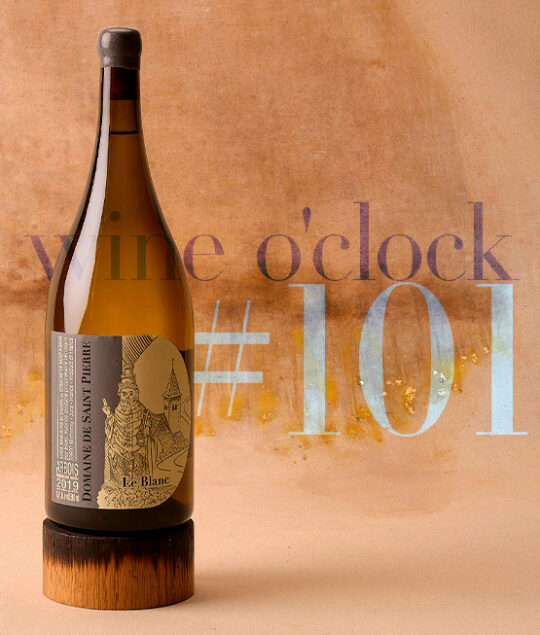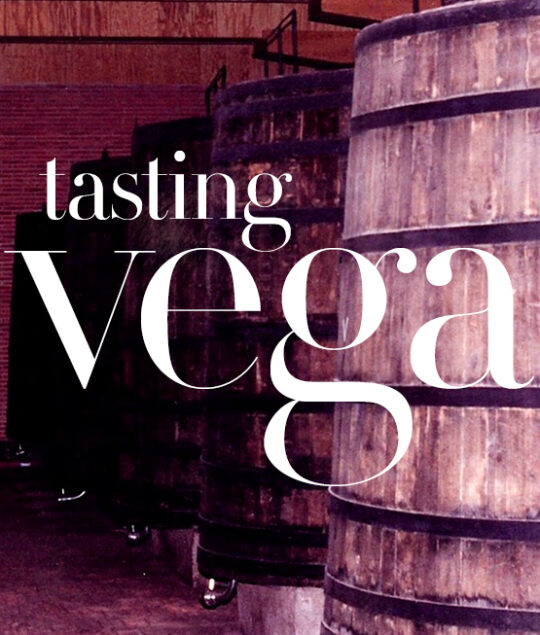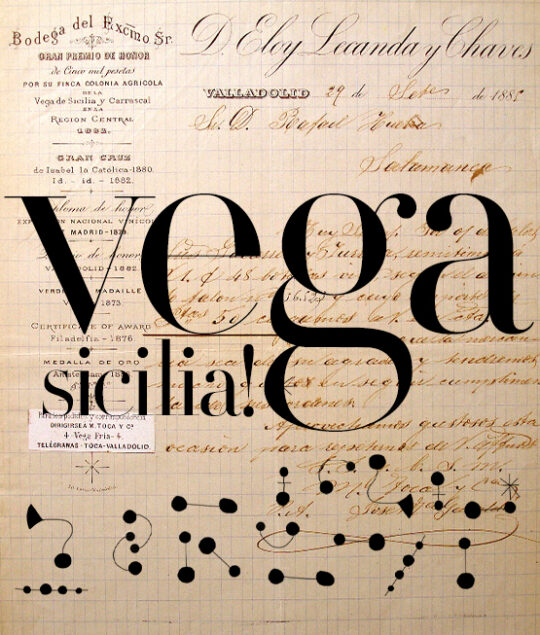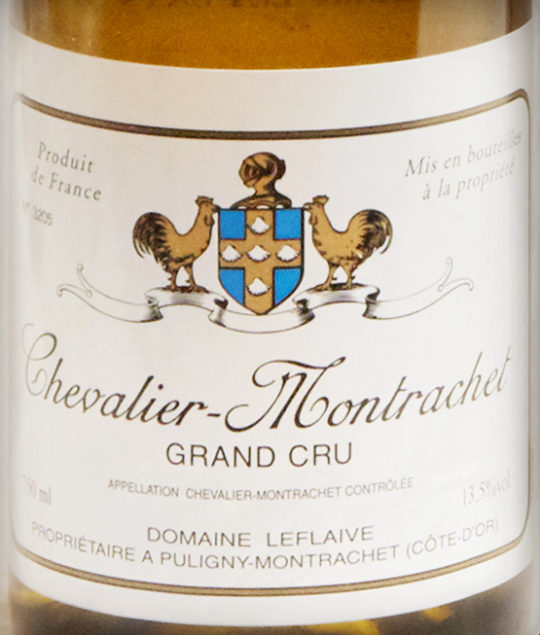
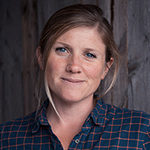
By Julie Carpentier
Facing the morning sun…
—
In the rolling landscape around Beaune, the legendary vineyard of the Côte de Beaune conjures to most wine-lovers around the world an ideal of what wine should be referring to – culture and history, diversity and voluptuousness…
Facing the morning sun, these vineyards produce characterful red and white wines, internationally renowned, such as Volnay, Meursault or Montrachet: one of the most famous Grand Cru in the world.
The Montrachet family consists of five Grands Crus grown in the two villages of Puligny-Montrachet and Chassagne-Montrachet. These two share the Montrachet and Bâtard-Montrachet appellations. Chevalier-Montrachet and Bienvenues-Bâtard-Montrachet belong to Puligny-Montrachet, Criots-Bâtard-Montrachet belongs to Chassagne-Montrachet. These Grands Crus are the most southerly of the Côte de Beaune, and lie between Meursault in the North and Santenay in the South.
The secret of excellence here is to be found in the subsoil. This soil was built up from the sediment of tropical sea beds when the region was back then beneath a warm sea. These underlying rocks more precisely date from the Jurassic, 175 million years BC. The vineyards of the Montrachet family lie to the East and the South and thus benefit from ideal exposure all day long.
A CLOSER LOOK
The subsoil of the Montrachet area offers all favorable physical environment for viticulture. Its soil contains both clay and pebbles. These pebbles improve drainage of the soils while clays at the contrary, improves water retention. Indeed, ideal pebble and clay proportions, position of the vineyards on the slope and soil thickness vary from one climat, one lieu-dit to another, and this balance confers its character to each wine from the great Montrachet family.
- Montrachet (7.80ha – altitude 250-270 meters). The soils are thinnish and lie on hard limestone traversed by a band of reddish marl, with 32–36% clay and 64–68% pebbles.
- Chevalier-Montrachet (7.47 ha – altitude 265-290 meters). The soils are generally thin and characterized by stony rendzinas that derive from marls and marly-limestones. At the top of the slope, the soil is 20% clay and 80% pebbles.
- Bâtard-Montrachet (11.13ha – altitude 240-250 meters). Soils are made of brown limestone which are deeper and, at the foot of the slope, more clayey. At this base of slope, the soil – richer – is 50% clay and 50% pebbles.
- Bienvenues-Bâtard-Montrachet (3.57ha – altitude 240-250 meters). Lower down the slope meaning that the soil here is slightly richer and deeper than in the plots above. While it is still composed of the same limestone and marl, there is a higher proportion of clay.
- Criots-Bâtard-Montrachet (1.57ha – altitude 240-250 meters). The terroir is broadly similar to that of Bâtard-Montrachet, sharing the same brown limestone soils that are a little deeper with a little more clay than those higher up the slope.
- This legendary Bourgogne name, Montrachet, is the cradle of some of the world’s most extraordinary wine wonders. No place else on the planet can pride itself of such a concentration of climats and producers of great white wines.
Our next Wine o’clock “Stellar Domaine Leflaive” is a rare opportunity to enhance your cellar with some of the finest wines from the Montrachet vineyards. So browse the sale catalogue and connect to our dedicated platform on the 16th of October. Good luck with your bids.
“Stellar Domaine Leflaive” wine o’clock
Tuesday 16th of October, 2 pm on the dot
